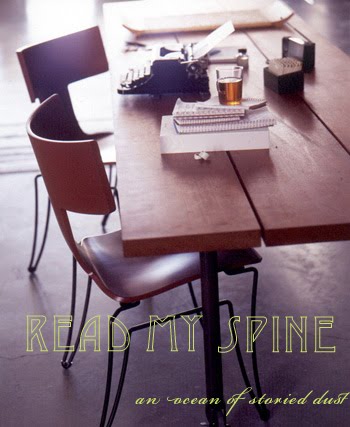
The missing link: a photograph of Carla Accardi
"For me, art and life run parallel to each other. On one hand, I made art mythical. On the other, I wanted to understand what lay behind it and I wanted for people not to feel stuck in front of a work. I found that to be too automatic a position. I wanted the audience to be shaken, to love art while rediscovering that life lies behind it."
-- Carla Accardi in an interview, FlashArt
On the influential margin of postwar art in Italy stands Carla Accardi. Born in 1924 in Trapani, Sicily,
Accardi recounts that she grew up in a somewhat insular ambience, an Italy in which "the Futurists were part of the past." After formal artistic training in the academies of Rome and Florence, Accardi settled in Florence and began an artistic legacy that to this day has made her one of the most endearing artists in Italy.
I like to think of her as thegrand dame of postwar Italian art. She represents the bridge between the modern art of the early 20th century, namely Balla and the Futurists, and the usurpers of that crown in 1960's Italy, the artists associated with Arte Povera, the conceptual movement which praised impoverished materials and organic processes over conventional media. She was also very friendly with Lucio Fontana, the Argentinean-born Italian whose violently slashed canvases echo a school of thought that he would usher to the world as Spazialismo. It was a result of Fontana's suggestion that Accardi was given her own tent in the 1964 Biennale di Venezia.




 A Settori, 1962. gouache on paper; 27 1/2 x 39 3/8 inches.
A Settori, 1962. gouache on paper; 27 1/2 x 39 3/8 inches.
However, Accardi's work strides outside the parameters of Futurism, Arte Povera, and Spatialism. Her art takes the form of vivaciously repeated designs, often created with gouache. She also, famously, created art on a flexible plastic media called sicofoil in the sixties. These transparent "canvases," no less cunningly-crafted than the other gouaches, add an element of the unexpected to the viewer's interaction with the work.
Accardi's artistic process, as captivating to interior design as it is relevant to contemporary art practice, involves a dual vision that stresses a scientific aspect (think: an amoeba shrinking or multiplying) and also a geometrical approach. I tend to faintly trace the idea of the kilim, or prayer rug, in my mind when confronted with her colorful works. In fact, I would risk it to say that much of Accardi's work strongly reminds me of the sinuous fractals found in Islamic art (Accardi would not be the only Italian artist influenced by Islamic art -- her compatriot Alighiero Boetti made a voyage to Afghanistan in the 70's, which resulted in his infamousMappa del Mondo series).

Biancobianco, 1968. enamel on sicofoil; 38 13/16 x 24 inches.

Senza Titolo, 1972. gouache on paper on canvas; 37 7/16 x 38 3/16.

Memorie della Sicilia, 1963. casein on canvas; 23 5/8 x 19 11/16 inches.

Rosso Scuro, 1974. enamel on sicofoil; 50 1/4 x 75 7/8 x 3 1/2 inches.




No comments:
Post a Comment